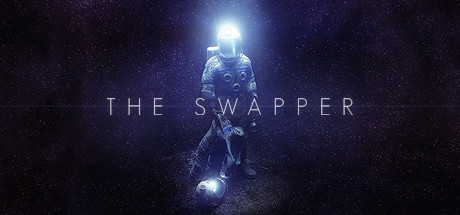Sorry I've been lurking this thread for ages, but something that a "dev" YantraVR said some months back has now, because of a discussion on NeoGaf, come to possibly mean something else. And I'd appreciate any insight you may have.
It comes from this thread on reddit:
https://www.reddit.com/r/oculus/comments/3vnce8/51_titles_announced_for_playstation_vr_for_now/
So YantraVR says:
PSVR = ~100 million (1920x1080x60 - ~20%*)
*The ~20% is accounting for some additional (classified) techniques that further reduce the render target size.
Which I took to be Hidden Area Mesh Rendering (HAMR), I've seen that referenced in other Dev threads.
But then he says:
You are also not accounting for the (confidential) features that are being implemented to further cut down the overall render target size. If you take this into account it effectively compensates for the recommended oversized target they call for and in the end, the playstation is still around 1/4th the required pixels.
Which I had also took to be HAMR, but re-reading, and also seanspeed's (SS) comments then I'm not so sure anymore.
SS tackles him directly on this:
Unless Sony have magically found a way to do distortion without supersampling, then this is a false comparison. The 1512x1680 target for the Vive is because of barrel distortion, something the PSVR headset will have to contend with as well. You can forego it, or go with a lesser supersample, but it will cost heavily in terms of image quality.
But then they forget about it and argue around breakout-box and reprojection

Finally we get this from AsciiFace:
I am actually aware of these (confidential) features, and I understand the pain of not being able to defend yourself or PSVR because of their secrecy.
So now it sounds like Sony are also using a technique to handle the barrel distortion without using the large render target?
There is a bit of discussion on this on another Reddit thread:
https://www.reddit.com/r/oculus/comments/4221e1/how_is_it_even_possible_for_the_ps4_to_run_vr/
Where we get these comments:
[–]kevynwight 3 points 1 month ago:
Yah, I don't think it's nonsense. I've heard from a few different spots that there's basically no over-render necessary on PSVR.
Anyway, if true, and considering the DK2-level 1080p total pixel count and 60 fps requirement, it only has to push 27% of the pixels a Vive/Rift PC has to push.
[–]FredzL 3 points 1 month ago:
These requirements are necessary when shooting for the best image quality, which seems to be the goal for Oculus : By default, the SDK generates configuration values that optimize for rendering quality.
But it's a matter of compromise between image quality and performance. With a render target resolution equal to the display resolution the quality would not be acceptable, but there are probably ways to get a better image quality than this without requiring a x1.7 render target resolution.
The link I posted for example talks about using relatively cheap bi-cubic interpolation instead of bi-linear filtering, which improves image quality a little bit.
There is also the fact that the PSVR display is RGB, so this optimization could maybe be used :
"The Oculus DK1 can support higher resolution in X by computing filtering weights separate for {red,green,blue}. Not sure what to do yet with the display of the DK2."
Also this one from the same link :
"If forward rendering, especially if on NVIDIA hardware, instead of rendering higher resolution, render with MSAA and some amount of super-sampling on. In OpenGL this can be done using the glMinSampleShadingARB() extension. This can enable for instance 4xMSAA shading at 2 samples per pixel, or 8xMSAA shading at 2 or 4 samples per pixel. The end result of this is a better sample pattern distribution for the resolve filter. Also it enables a reduction in shading rate compared to regular grid super-sampling."
Again any insight would be much appreciated, thanks.




